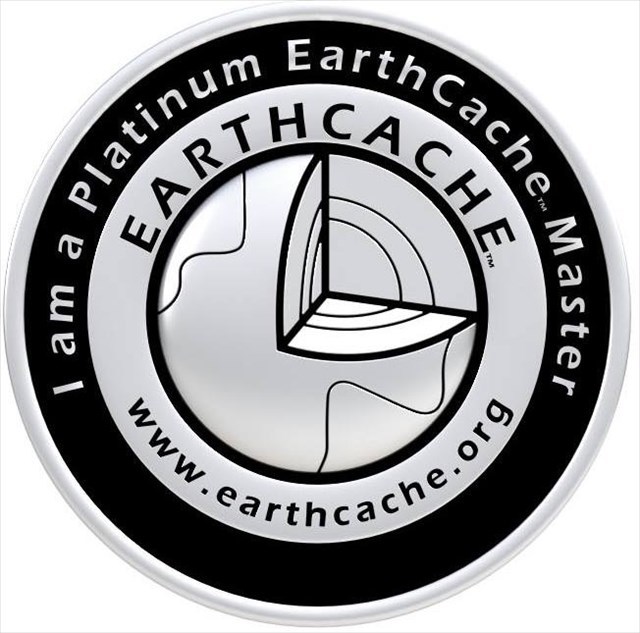A Montanha…
No teto de Portugal…EC74PM

PORTUGUÊS
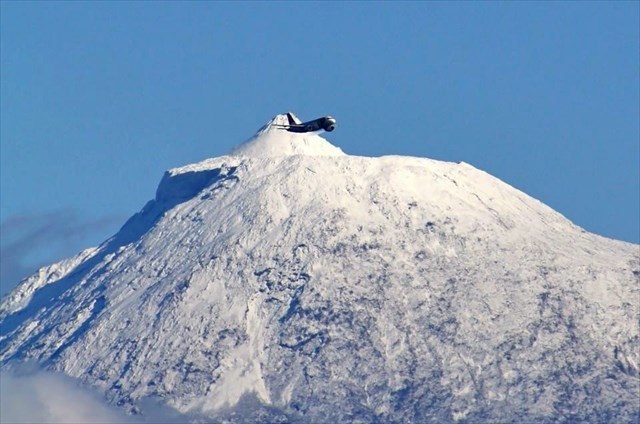
O PICO

“A Montanha do Pico é um estratovulcão que, com 2.351 metros de altitude e constitui a montanha mais alta de Portugal. Localiza-se na ilha do Pico, nos Açores. A sua altitude é mais do dobro da de qualquer outra montanha dos Açores. É também o ponto mais alto da dorsal meso-atlântica, embora existam pontos mais altos em ilhas atlânticas, mas fora da dorsal. Medido a partir da zona abissal contígua, o edifício vulcânico tem quase 5 000 metros de altura, quase metade submersa sob as águas do oceano Atlântico.

Um estratovulcão é normalmente alto, com uma forma sensivelmente cónica, edificada em várias camadas (estratos) de lava endurecida, piroclastos, pedra-pomes e cinzas vulcânicas e caracterizam-se por ter um perfil íngremes e por ter, quando em actividade, erupções explosivas e periódicas.
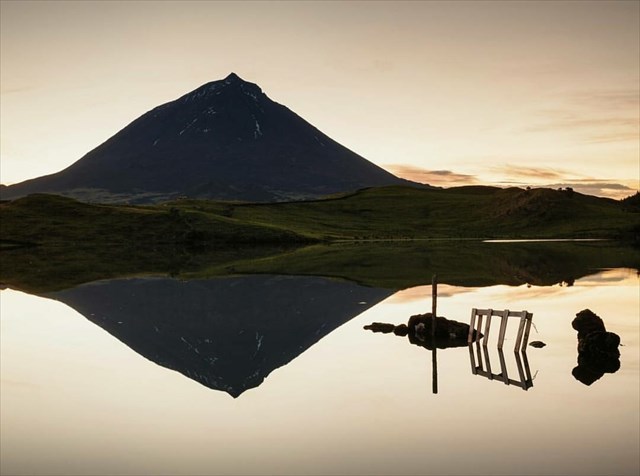
A sua lava flui normalmente estratovulcões arrefece e endurece antes de se espalhar muito, devido à sua alta viscosidade. Os estratovulcões são às vezes chamados de "vulcões compósitos" por causa de sua estrutura composta em camadas construída a partir de desabafos sequenciais de materiais eruptivos. Eles estão entre os tipos mais comuns de vulcões.

Alguns estratovulcões famosos são: o Monte Fuji, o Vesúvio e o vulcão do Fogo (este em Cabo Verde)
No cimo da montanha que constitui a parte ocidental da ilha do Pico, localiza-se a cratera do vulcão propriamente dito e dentro dessa cratera, numa erupção recente, do ponto de vista geológico, surgiu outra elevação de menor dimensão a que foi dado o nome de Pico Pequeno ou Piquinho, com cerca de 70 metros de altura. A cratera apresenta-se sensivelmente arredondada, tendo cerca de 700 metros de perímetro.

A Montanha do Pico foi primeiramente classificada como reserva em março de 1972 para e por diploma datado de 12 de Maio de 1982 foi-lhe ser atribuído o estatuto de Reserva Natural da Montanha do Pico pelo Decreto Regional 15/82/A, que abarca uma área de aproximadamente 1500 hectares integrando a parte superior do vulcão e desenvolvendo-se a partir dos 1200 metros até ao ponto mais alto da ilha.

O Vulcão do Pico é muito recente (aproximadamente 75 mil anos de idade), entrando em actividade pela última vez no seu flanco sueste (São João) no século XVIII”.
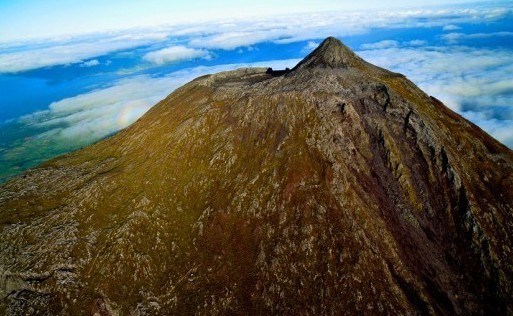
Geomorfologia
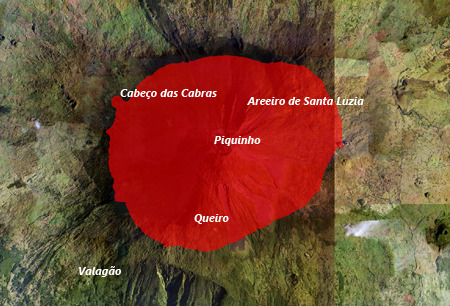
“A Montanha do Pico apresenta-se como um vulcão geologicamente recente, constituído por correntes de lava, onde se encontram abundantes basaltos e matérias de projecção onde se destacam abundantes bagacinas na sua grande maioria de cor preta. As vertentes da Montanha do Pico apresentam declives muito acentuados que no cimo da montanha terminam nos bordos desmantelados da caldeira vulcânica, local de onde tem origem o cone do Pico Pequeno ou Piquinho. Sendo que o sopé da montanha termina no planalto central da ilha excluindo o local da Ponta da Faca, no concelho da Madalena, próximo ao Farol da Ponta da Faca, sitio onde se pode afirmar que a montanha encontra o mar.
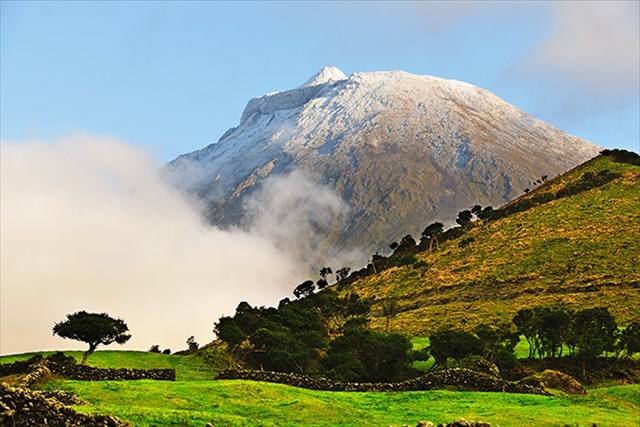
Termina neste em poderosas correntes de lavas basálticas que formam baías e promontórios. Na orla costeira basáltica surgem com alguma frequência grutas de erosão devido à abrasão marinha bem como bocas de túneis de lava”.
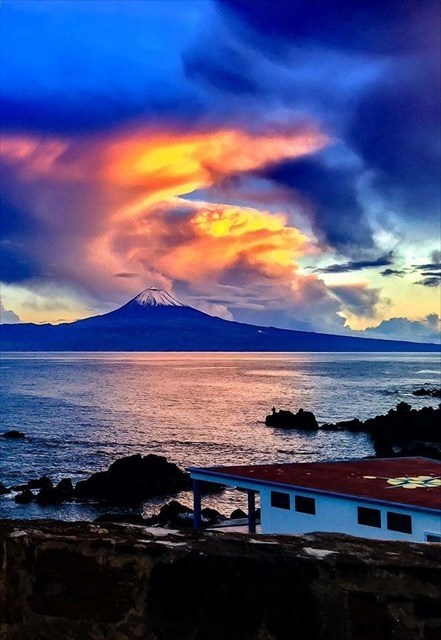

A EARTHCACHE
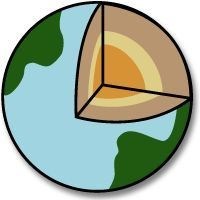
Para realizar esta earthcache é necessário subir ao ponto mais alto de Portugal – Piquinho da Montanha do Pico. Durante subida/descida desta montanha, deverá estar atento aos fenómenos vulcânicos e geológicos observáveis. Para realizar esta earthcache precisa de ter consigo dois instrumentos: um GPS (para medir a altura pedida) e um termómetro apropriado (para, eventualmente, medir alguma temperatura). Tenha em atenção que não existe rede de telemóvel no cimo da montanha.

Para “encontrar/registar” esta cache deverá: provar que esteve no local e responder às seguintes questões, enviando um email/mensagem de Geocaching, com as respostas, em português ou em inglês, para o nosso perfil.
Só depois, de enviar as respostas, e conforme as “guidelines” para as Earthcaches, deverá efectuar o seu registo!
Serão removidos todos os registos que não obedeçam a estes requisitos.
Com base nas tuas observações efectuadas na visita a esta “gruta” e com base nas tuas investigações, procura responder às seguintes questões:
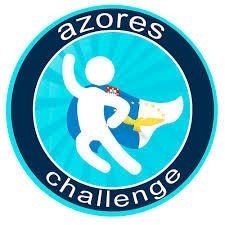
1) O vulcão que deu origem à Montanha do Pico é um estratovulcão!
Indica, se existirem mais dois estratovulcões localizados nos Açores.
2) Este vulcão é um vulcão activo ou inactivo? Porquê?
3) São visíveis, ou não, sinais de vulcanismo secundário, no alto desta Montanha. Se sim, quais?
4) Na eventualidade se ser visível alguma “fumarola”, no “Piquinho/ Pico Pequeno” ou na cratera, mede e indica (utilizando um termómetro apropriado) a sua temperatura.
5) Utilizando o teu GPS indica: a) qual é a altura média dos “bordos” da cratera situada no alto da Montanha do Pico? B) a altitude média a que se situa esta cratera.
6) Caracteriza, do ponto de vista geológico e geomorfológico, as vertentes altas desta montanha, indicando, pelo menos, cinco fenómenos geológicos.
7) Caracteriza, do ponto de vista geomorfológico, a cratera e o “Piquinho”.
8) No cimo do “Piquinho” existe uma “estrutura” construída pelo homem!
a) Identifica o “tipo” de rocha de que é feita.
b) Qual a data lá gravada?
c) Existem algum material metálico visível? Se sim, identifica-o.

9) TAREFA OBRIGATÓRIA:Deverá tirar uma foto sua, onde você apareça (ou com um papel/placa onde conste o seu nickname e a data da visita) e que comprove a sua presença no GZ desta EC - NÃO METAM SPOILERS. Esta foto deverá ser colocada no seu registo ou enviada por email ou sistema de mensagens de Geocaching, para o owner!
ATENÇÃO
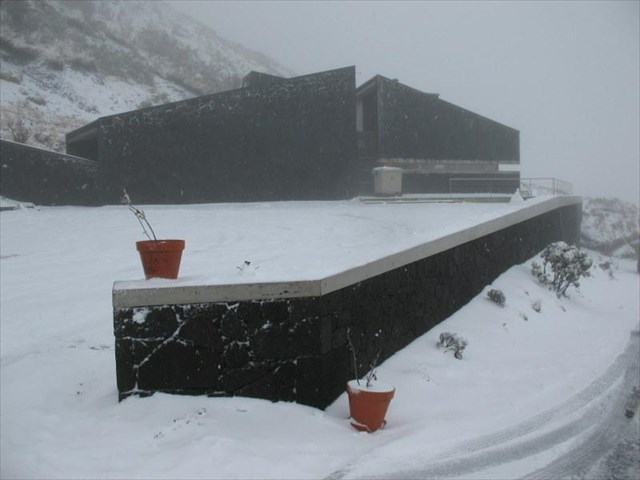
Segunda o regulamento actual é necessário o registo (e respectivo pagamento) e autorização, obtidos na CASA DA MONTANHA, para se escalar a montanha!Esta subida deverá ser efectuada com o guia experiente e creditado. Não deverá sair do trilho e nunca deixe lixo na montanha. Ao terminar a descida da montanha deverá apresentar-se na Casa da Montanha. Esta expedição deve ser preparada com antecedência e com muito cuidado.
Poderá (e deverá) contactar os serviços da Casa da Montanha, com antecedência, para obter todas as informações pertinentes.

CONTACTOS
da
CASA DA MONTANHA
Telf. (+ 351) 967 303 519
E-mail: pnpico.casadamontanha@azores.gov.pt
This e-mail address is being protected from spambots. You need JavaScript enabled to view it.
CUIDADOS
Tenha em atenção de que, e apesar de a subida à Montanha do Pico não ser uma escalada técnica, é uma subida exigente (grau de dificuldade médio / elevado.) e com alguns perigos. Não deverá efectuar esta actividade sozinho, deverá ter consigo o equipamento apropriado (calçado, agasalhos, água, etc.…) e deverá ter em muita atenção a previsão meteorológica e que, nos Açores, dão-se mudanças climáticas rápidas.


Deverá ter presente que a descida da montanha é feita em progressão lenta, por isso atenção ao tempo que fica no alto.
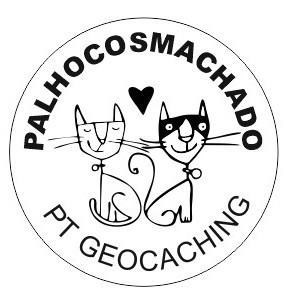

The Montain …
In the ceiling of Portugal …
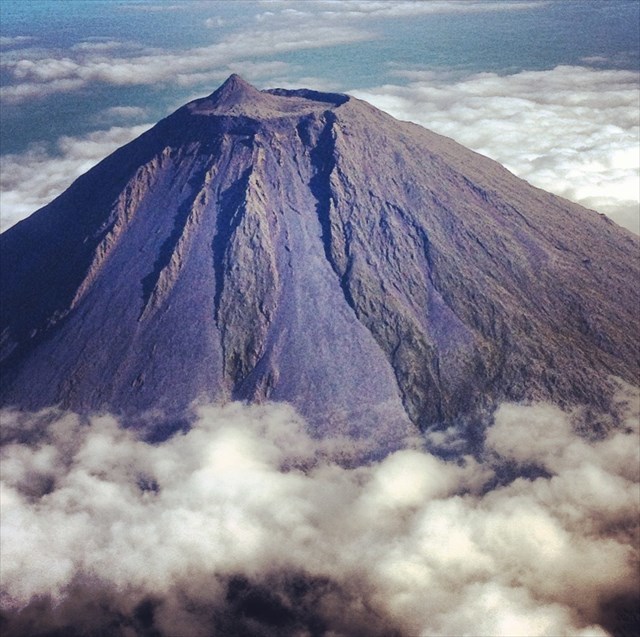

ENGLISH

The “PICO”
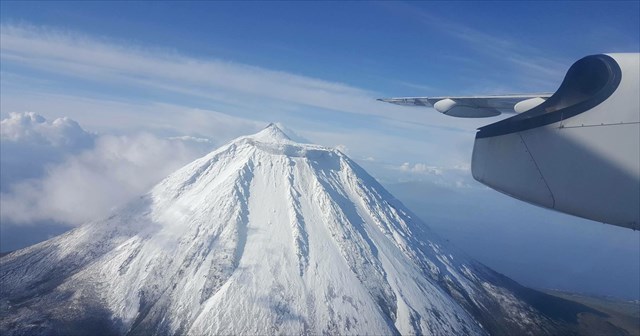
"The Pico Mountain is a stratovolcano that, at 2,351 meters of altitude and constitutes the highest mountain of Portugal. It is located on the island of Pico, in the Azores. Its altitude is more than double that of any other mountain in the Azores. It is also the highest point of the mid-Atlantic ridge, although there are higher points on Atlantic islands, but off the dorsal. Measured from the contiguous abyssal zone, the volcanic building is almost 5,000 meters high, almost half submerged under the waters of the Atlantic Ocean.
A stratovolcano is usually high, with a conically shaped shape, built in several layers (strata) of hardened lava, pyroclasts, pumice and volcanic ash and characterized by having a steep profile and having, when in operation, explosive eruptions and periodic.
Its lava flows normally stratovolcanoes cool and harden before spreading too much due to its high viscosity. Stratovolcanoes are sometimes referred to as "composite volcanoes" because of their layered composite structure constructed from sequential outbursts of eruptive materials. They are among the most common types of volcanoes.
Some famous stratovolcanoes are: Mount Fuji, Vesuvius and Fogo volcano (east in Cape Verde)
At the top of the mountain that constitutes the western part of the island of Pico, is located the crater of the volcano proper and inside this crater, in a recent eruption, from the geological point of view, appeared another smaller elevation to which the name was given of Pico Pequeno or Piquinho, with about 70 meters of height. The crater is roughly rounded, with about 700 meters of perimeter.
Pico Mountain was first classified as a reservation in March 1972 and, by diploma dated May 12, 1982, it was granted the status of Pico Mountain Natural Reserve by Regional Decree 15/82 / A, which includes a an area of approximately 1500 hectares integrating the upper part of the volcano and developing from the 1200 meters to the highest point of the island.
The Pico Volcano is very recent (approximately 75 thousand years old), lastly active on its southeast side (São João) in the 18th century. "

Geomorphology
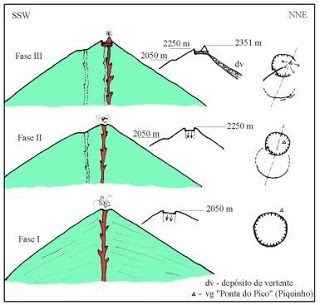
"The Mountain of the Peak presents itself as a geologically recent volcano, constituted by lava flows, where they are abundant basalts and material of projection where they stand out abundant bagacins in their great majority of color black. The slopes of Pico Mountain have very steep slopes that at the top of the mountain end in the dismantled edges of the volcanic caldera, where the cone of Pico Pequeno or Piquinho originates. Being that the foot of the mountain finishes in the central plateau of the island excluding the place of the Tip of the Knife, in the county of Madalena, next to the Lighthouse of the Point of the Knife, site where it is possible to be affirmed that the mountain meets the sea.
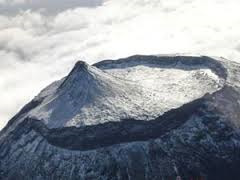
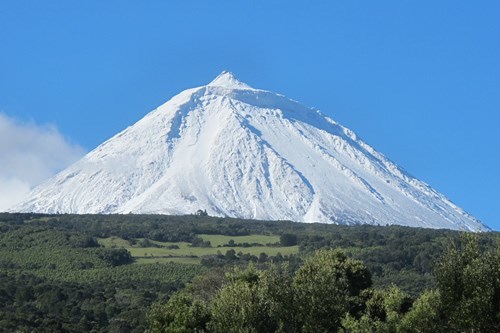
It ends in powerful currents of basaltic lava that form bays and promontories. At the basaltic coastline some caves of erosion arise due to the abrasion of the sea as well as the mouths of lava tunnels. "

THE EARTHCACHE
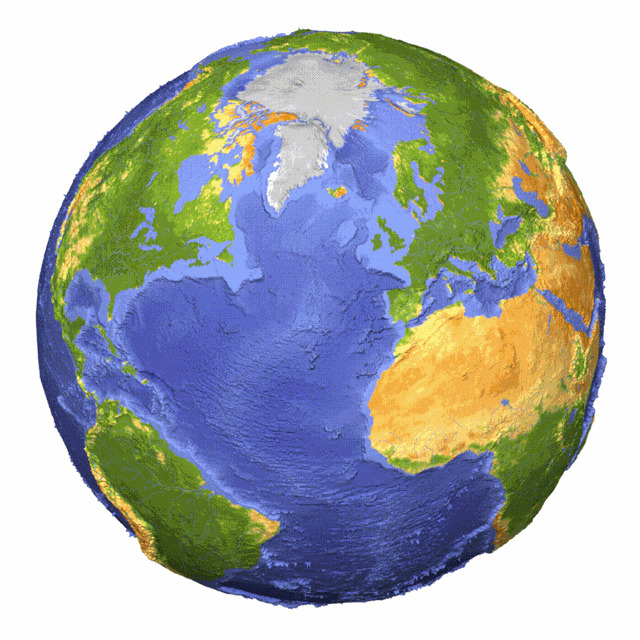
To realize this earthcache it is necessary to climb to the highest point of Portugal - Piquinho do Pico Mountain. During ascending / descending this mountain, you should be aware of the observable volcanic and geological phenomena. To perform this earthcache you need to have two instruments with you: a GPS (to measure the height requested) and an appropriate thermometer (to eventually measure some temperature). Please note that there is no mobile network at the top of the mountain.

To "find / register" this cache should: prove that you were on the spot and respond to the following questions by sending an email / Geocaching message, with the answers, in Portuguese or English, to our profile.
Only then, to send the answers, and according to the guidelines for Earthcaches, you must register!
All records that do not meet these requirements will be removed.
Based on your observations on the visit to this "grotto" and based on your investigations, try to answer the following questions:
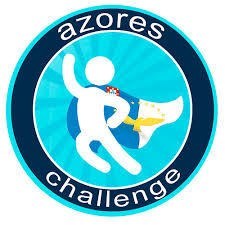
1. The volcano that gave rise to Pico Mountain is a stratovolcano!
Indicates if there are two more stratovolcanoes located in the Azores.
2. Is this volcano an active or inactive volcano? Because?
3. Signs of secondary volcanism are visible on the top of this mountain. If so, which ones?
4. In the event that some "fumarola" is visible, in the "Piquinho / Peak Small" or in the crater, it measures and indicates (using an appropriate thermometer) its temperature.
5. Using your GPS indicates:
a) What is the average height of the "edges" of the crater located at the top of Pico Mountain?
b) the average altitude at which this crater is located.
6. Characterizes, from the geological and geomorphological point of view, the high slopes of this mountain, indicating at least five geological phenomena.
7. Characterizes, from the geomorphological point of view, the crater and the "Piquinho".
8. At the top of the "Piquinho" there is a "structure" built by the man!
a) Identify the "type" of rock from which it is made.
b) What is the date recorded there?
c) Are there any visible metallic materials? If so, identify it.

TASK (not optional): You must take a picture of yourself, where do you show up, (or with a paper / plaque with your geocaching nickname and the date of the visit) and that proves your presence in the GZ of this EC - no spoilers please. This photo must be placed in your log or sent by email or Geocaching messaging system, to the owner!
ATTENTION



Second, the current regulations require registration (and payment) and authorization, obtained at CASA DA MONTANHA, to climb the mountain! This climb should be done with the experienced and credited guide. You should not leave the trail and never leave trash on the mountain. At the end of the descent of the mountain you will have to present yourself at Casa da Montanha. This expedition must be prepared in advance and with great care.
You may (and should) contact Casa da Montanha services in advance to obtain all pertinent information.

MOUNTAIN HOUSE CONTACTS
Phone: (+ 351) 967 303 519
E-mail: pnpico.casadamontanha@azores.gov.ptThis e-mail address is being protected from spambots. You need JavaScript enabled to view it.

CARE

Keep in mind that, although the climb to Pico Mountain is not a technical climb, it is a demanding climb (medium / high difficulty level) and with some dangers. You should not carry out this activity alone, you should have with you the appropriate equipment (footwear, warm clothing, water, etc.) and you should pay close attention to the weather forecast and that there is rapid climate change in the Azores.
You should keep in mind that the descent of the mountain is slow progression, so attention to the time that is high.
